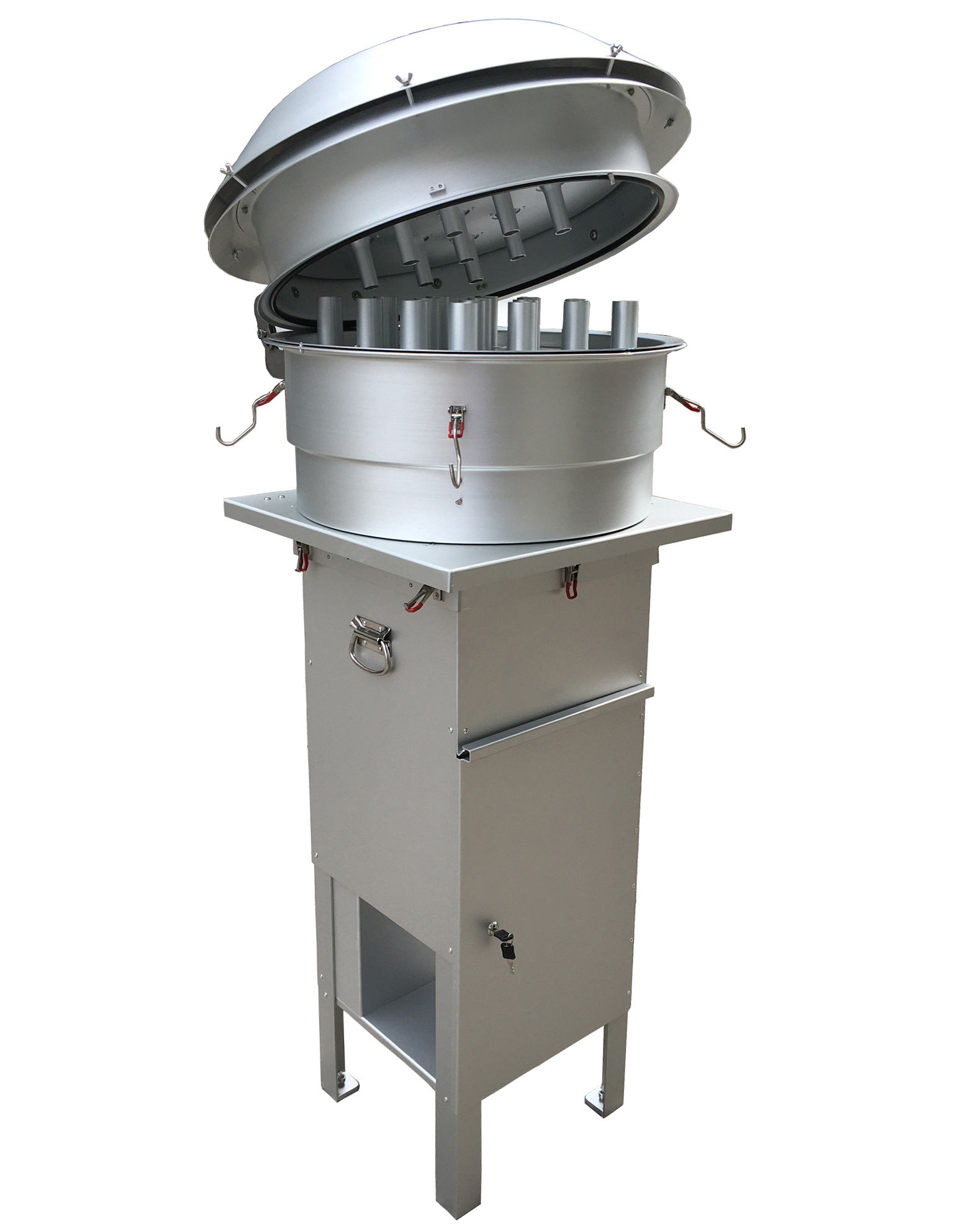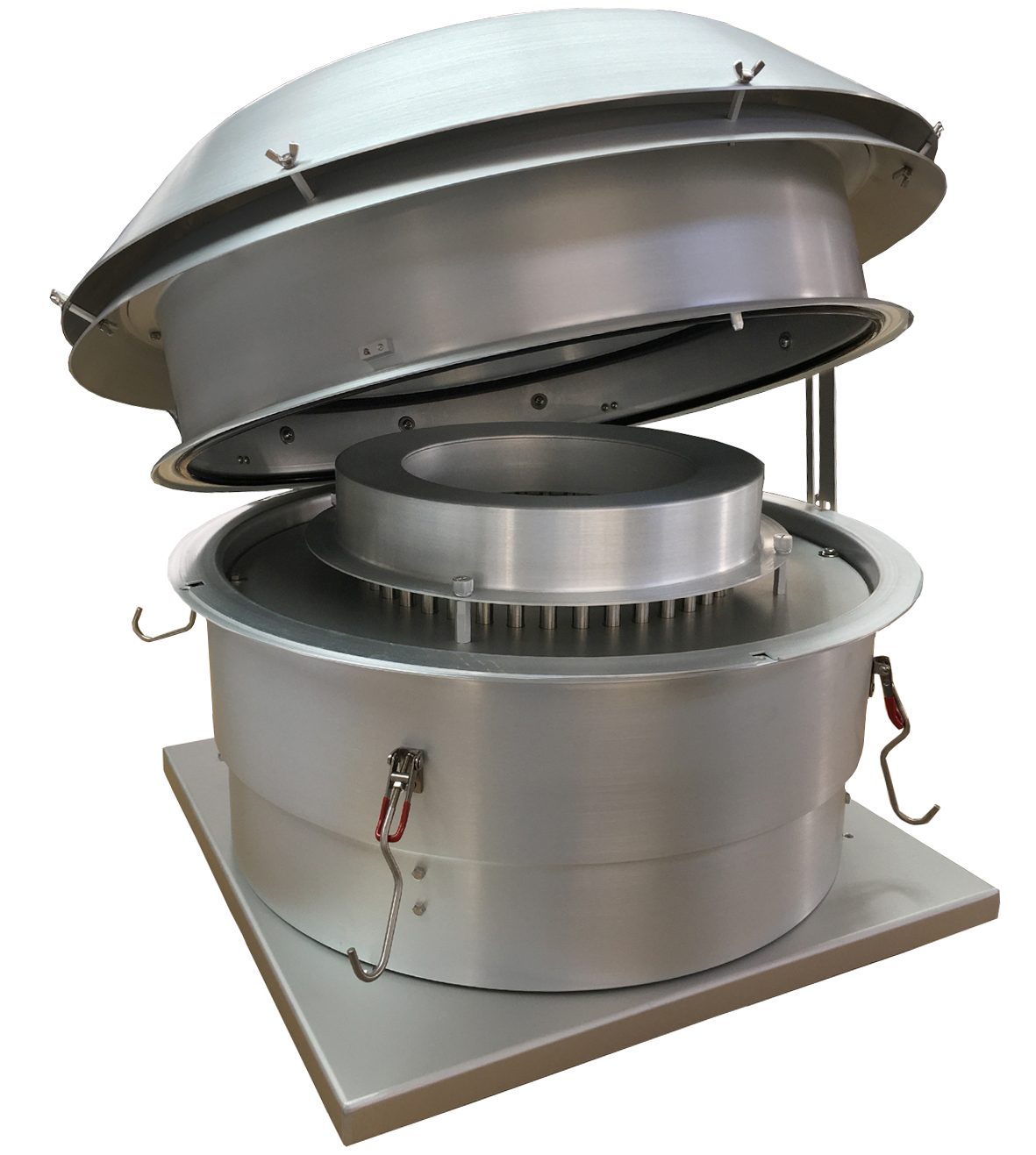Air quality is a critical aspect of our daily lives, affecting not only our health but also the environment. Air samplers are frequently used for monitoring PM 2.5 levels, which is critical for understanding air quality. However, PM 2.5 air samplers, like any other piece of equipment, require routine maintenance to provide accurate and trustworthy readings. In this article, we will explore the importance of maintaining a PM 2.5 air sampler.
Why Is PM 2.5 Monitoring Important?
Before diving into maintenance, it's crucial to understand why monitoring PM 2.5 levels is important. PM 2.5 particles are tiny, but they can have a significant impact on human health. They can penetrate deep into the respiratory system when breathed, producing a variety of health concerns, including respiratory and cardiovascular disorders. High PM 2.5 levels are frequently connected with poor air quality and can be hazardous to both humans and the environment.
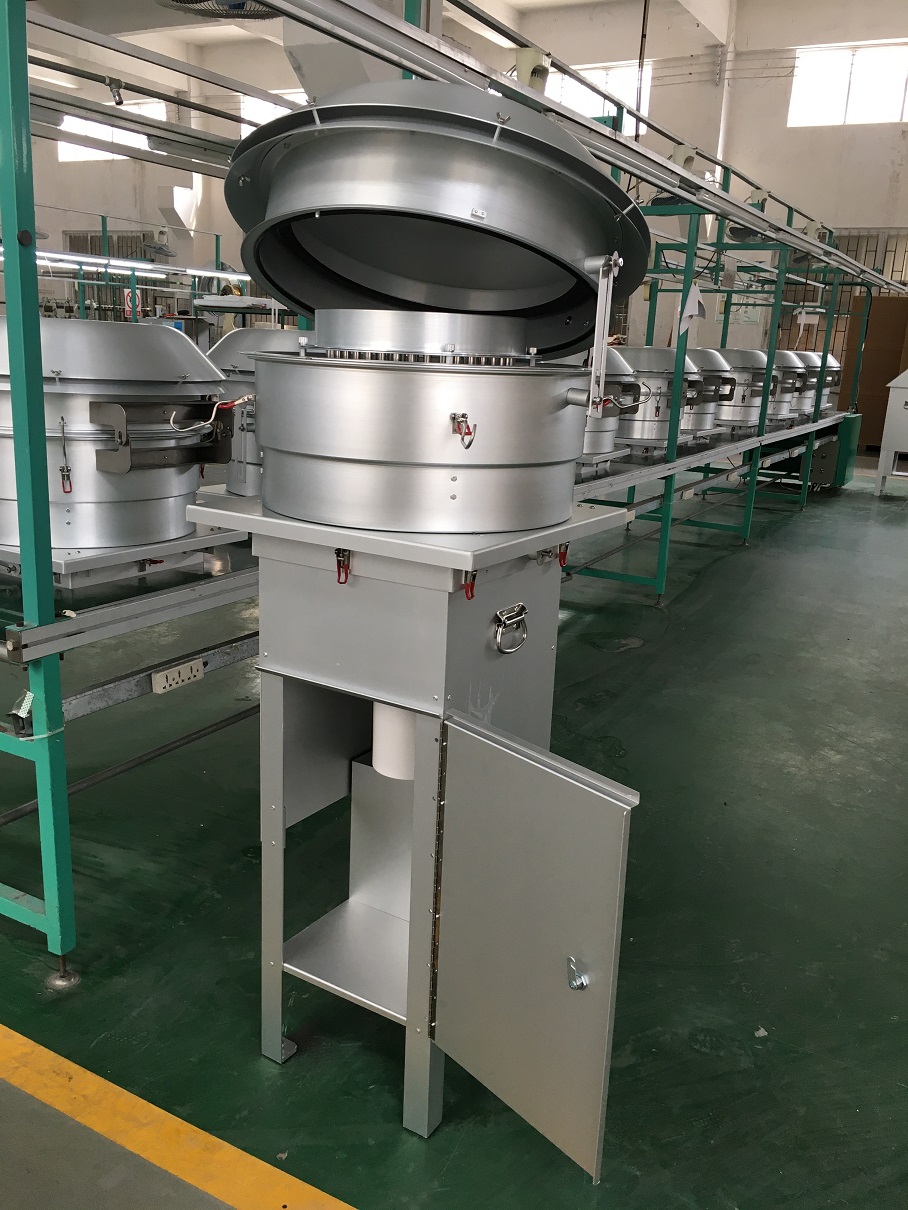
The Role Of PM 2.5 Air Samplers
PM 2.5 air samplers are designed to collect and measure these fine particulate matter particles from the air. They are extremely useful for measuring air quality, performing research, and putting pollution control measures in place. However, in order to guarantee the accuracy of the data they produce, PM 2.5 air samplers must be serviced on a regular basis.
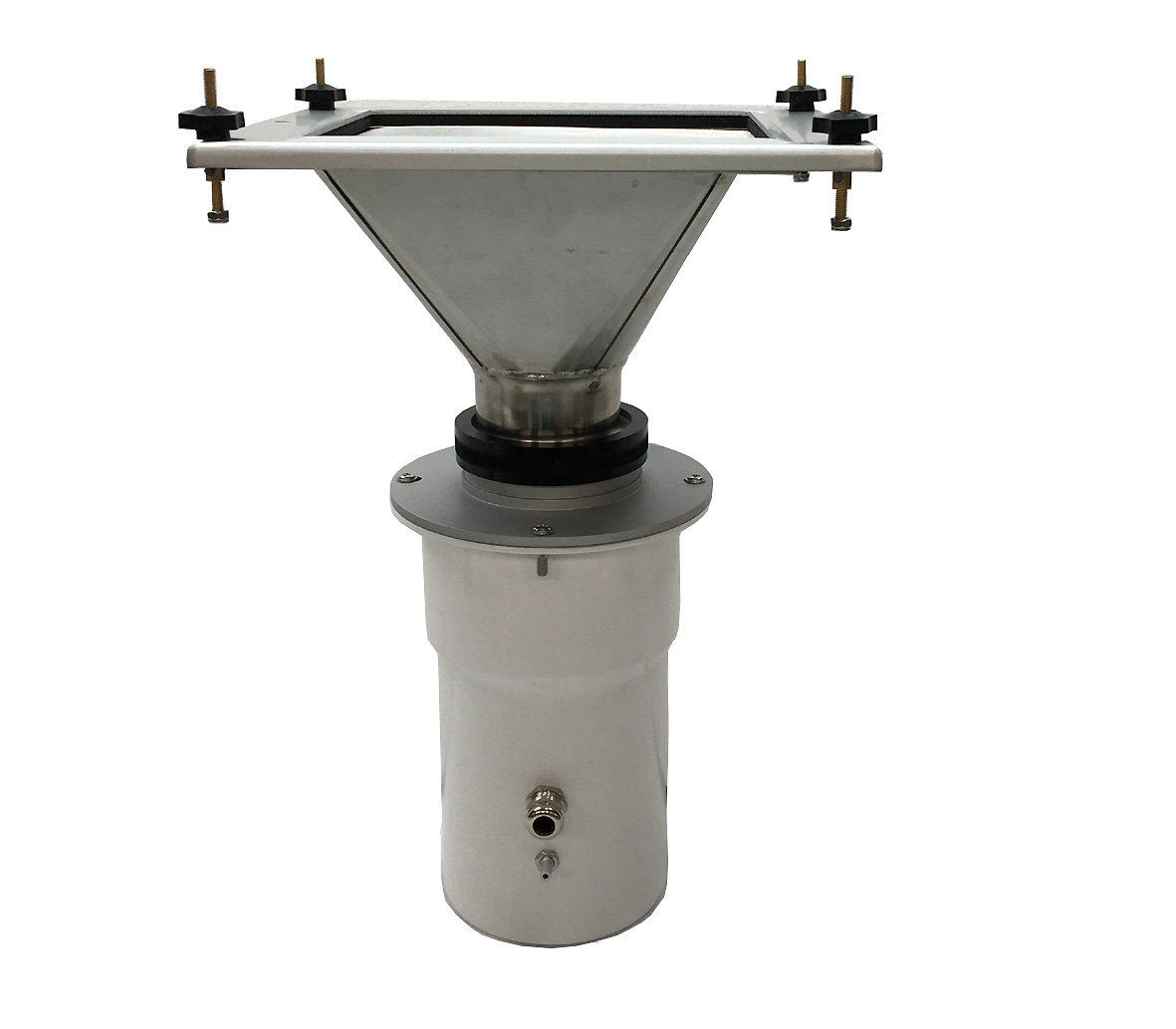
PM2.5 Air Sampler Filter Holder
How Often Should You Maintain A PM 2.5 Air Sampler?
The frequency of maintenance for a PM 2.5 air sampler depends on several factors, including the environment in which it operates and the manufacturer's recommendations. Here are some general guidelines to help you determine how often to maintain your PM 2.5 air sampler:
Manufacturer's Guidelines: Always refer to the manufacturer's recommendations for maintenance intervals. Different models and brands may have varying maintenance requirements.
Routine Inspection: Conduct routine visual inspections of the air sampler. Examine the item for apparent damage, loose connections, or evidence of wear. Depending on the operational circumstances, this should be done weekly or monthly.
Calibration: Calibration ensures that the sampler provides accurate measurements. It's essential to calibrate your PM 2.5 air sampler regularly, typically every 6 to 12 months, to maintain data accuracy.
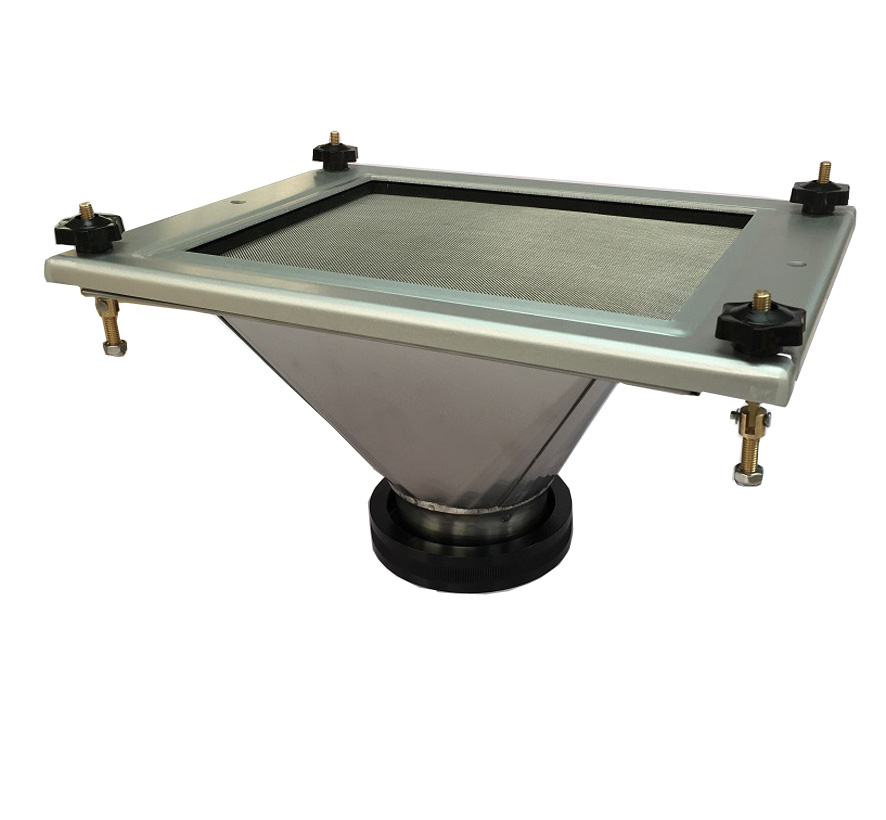
Filter Replacement: Filters are used in PM 2.5 air samplers to gather particulate particles. The frequency of filter replacement is determined by the amount of air tested and the particle content. A common rule of thumb is to replace filters every 2 to 4 weeks, but this can vary. Follow the manufacturer's guidance and monitor the filter condition to determine when replacement is needed.
Cleaning: Periodically clean the sampler's exterior, sample inlet, and tubing to remove dust and debris that can affect its performance. This can be done every 3 to 6 months.
Data Validation: Regularly validate the data collected by your PM 2.5 air sampler to ensure its accuracy. This may involve comparing the sampler's readings with data from other monitoring stations or devices.
Conclusion
Maintaining a PM 2.5 air sampler is critical for collecting accurate and dependable data on air quality. The frequency of maintenance varies depending on factors such as the manufacturer's recommendations and the operating environment. If you are looking for a PM 2.5 air sampler, T4 AIR SAMPLER can help you. Browse our website for more details!


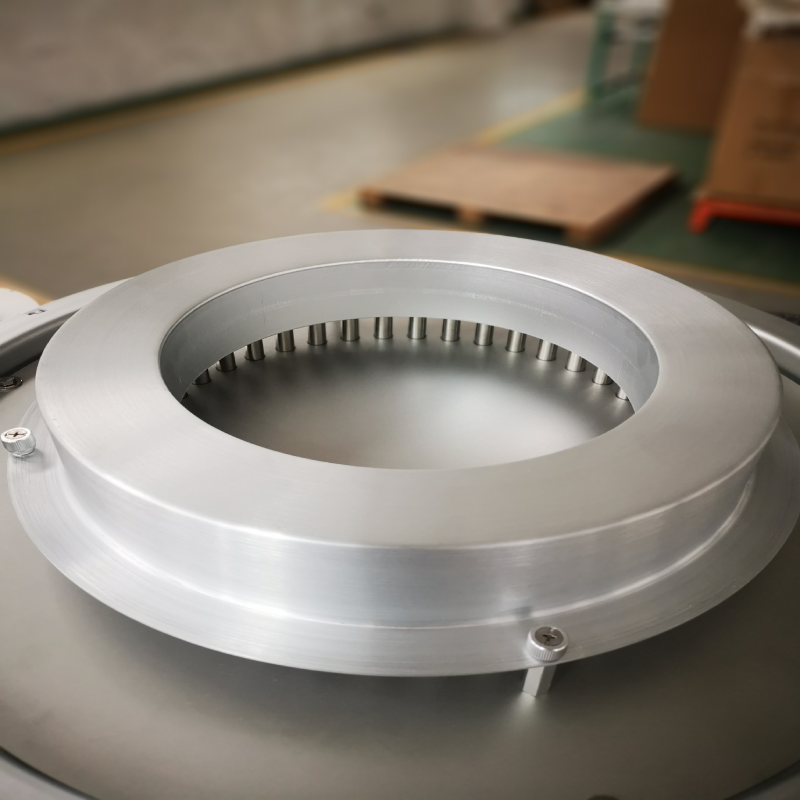
.jpg)
